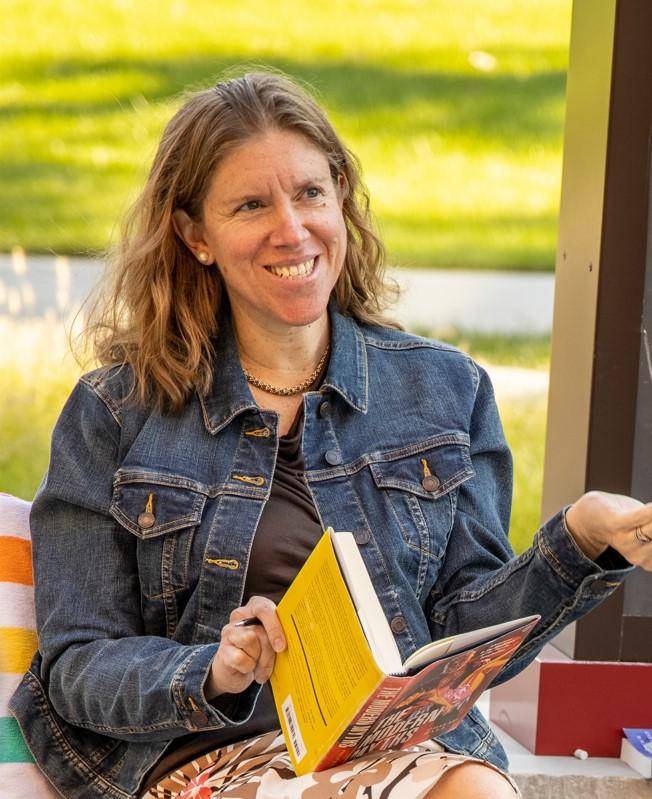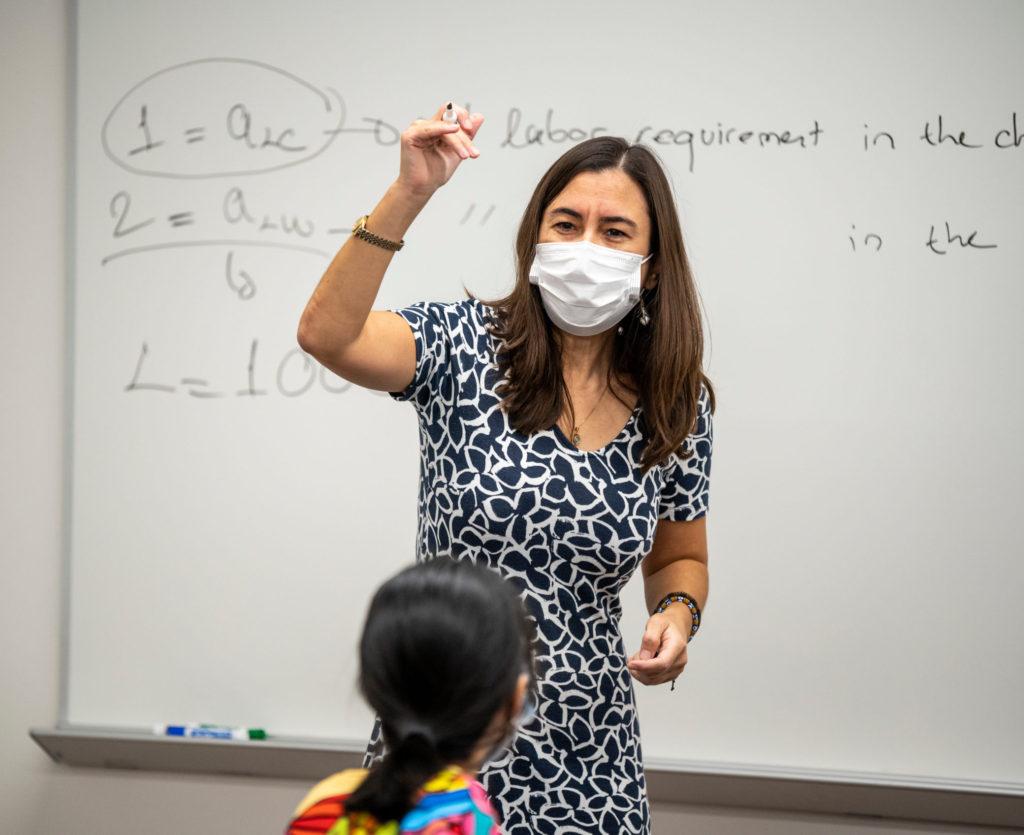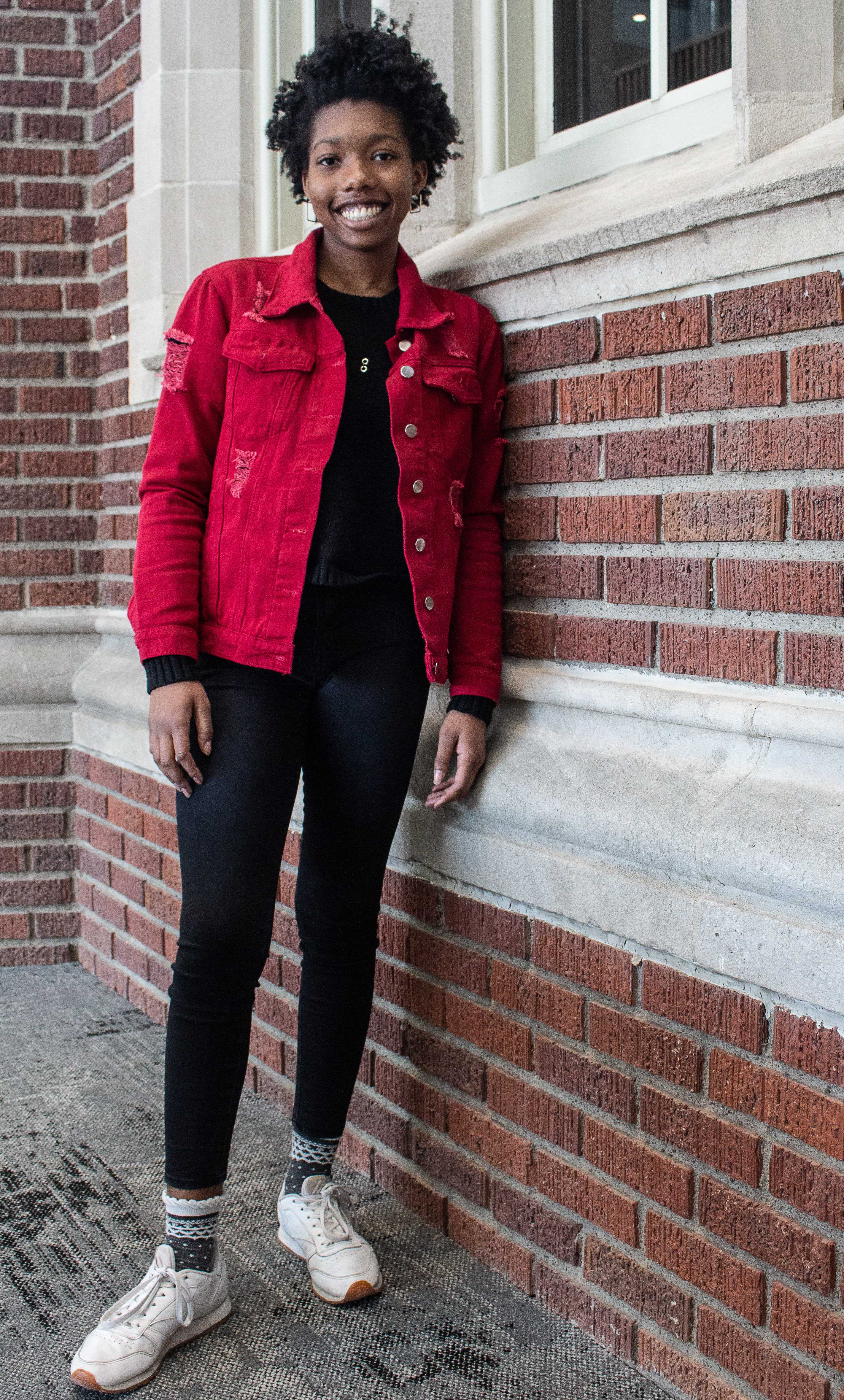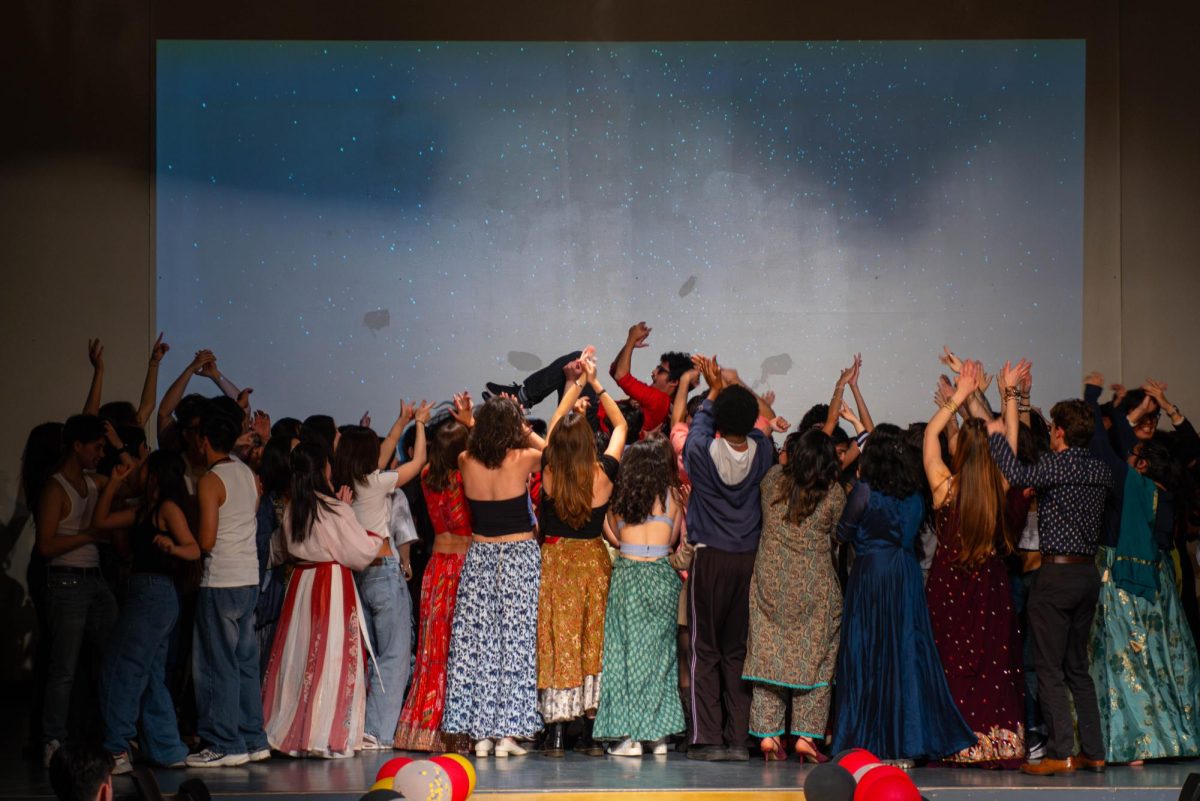March 31st, 2022
I’m in the OTS compound in Skukusa, South Africa. The compound is inside Kruger National Park, behind a tall electric fence for our own safety: elephants visit the compound’s perimeter; hyaenas chortle every night; there were sightings of a leopard last week. I’m here with 14 students enrolled in the field phase of “New and Emerging Infectious Diseases”, which Biology Professor Shannon Hinsa and I are co-teaching this semester. Erika Jack, from the Science Office, is supporting the class, as well.
It’s 5:15 a.m. Time for us to climb into the safari vehicles and enter the Park when the gates open at dawn.
Right away there’s wonder: a pack of African wild dogs is rapidly roaming down a dirt road. It’s the biggest pack I’ve ever seen, maybe 50 or 60 animals. Adults and puppies. This is how wild dogs hunt: by surging rapidly, surprising and overwhelming their prey. These guys are afraid of nothing. They race toward a family of baboons atop a bridge over the Sabie River. Now, you must understand that baboons are dangerous animals, aggressive and equipped with massive incisors. Yet these baboons scatter and jump off the bridge. Next, the dogs encounter a couple of hyaenas – formidable animals with jaws that can crush bone – gnawing on the carcass of an impala. The hyaenas lurch away as fast as they can.
Why are the wild dogs so respected, so feared? It’s because of their sociality, their altruism. They team up; they help each other. Each for all. The members of the pack share parental responsibilities, helping raise the puppies even if they are not their own. In fact, wild dogs are the exception among large carnivores in that they allow their puppies to be the first to feed at a kill. Even wolves won’t do that.
So here we are on a narrow bridge in the middle of a wilderness: two charismatic, altruistic animal species coming face-to-face: African wild dogs and Grinnell students. They have a lot in common.
In the late afternoon I return to my cottage – it’s a lovely place, with a back porch that opens to a small wood — to relax and put on some music. Tchaikovsky’s first piano concerto. I doze off … but by the voluptuous third movement, white-browed robin chats are swarming my porch; choruses of them are shrilling pip-pip-shree, pip-pip-shree. Robin chats are red-breasted, white capped birds — ubiquitous in sub-Saharan Africa — that adapt well to human settlements. Skukusa is no exception. They melodiously sing throughout the compound from dawn until dusk. But now all the compound’s robin chats are swarming my porch, yelling at Tchaikovsky. I can’t tell if he is either inspiring love or hatred. Either way, it’s lovely to this human being. Melody is filling the air.
Being diurnal, the robin chats become silent at dusk. As I walk to the compound’s mess for dinner, In the trees above is another cacophony: a pair of thick-tailed bushbabies are chorusing with each other. Well, “chorusing” isn’t quite the word. It’s more like a blood-curdling howl. They live in trees with limited resources, so it’s important to declare one’s territory.
Wild dogs, baboons, hyaenas, Tchaikovsky, robin chats, bushbabies … a pretty good day in Skukusa, I’d say. Isn’t this a wonderful world?























































